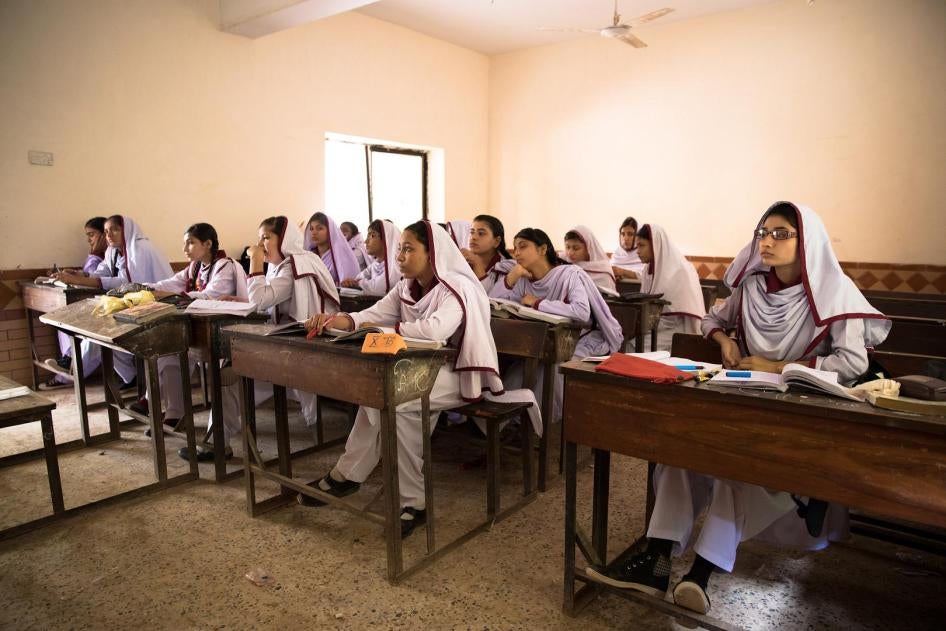
WEIGHT: 66 kg
Bust: Medium
One HOUR:70$
NIGHT: +80$
Services: Face Sitting, Foot Worship, Facials, Trampling, Foot Worship
It was a pleasant evening, warm, with a light breeze carrying the smell of April flowers: flame trees, magnolias, jasmine. We sat outside on carpets spread across the lawn of a white bungalow, the audience ranging from teenagers with soul patches and ponytails to elegant matrons in saris.
My back ached slightly, and I mentioned this to a friend as I reached for the only available cushion I could see. The music we had come to hear was a fusion of modern and traditional percussion. There were seven musicians, all Pakistani. Three wore Western clothes and played Western instruments: keyboards, drum set and trumpet. Three wore loose-fitting, traditional Pakistani dress and played the dhol : a heavy, two-sided barrel of a drum hung from the shoulders on a thick leather strap.

The seventh played a slender Egyptian drum held between the knees. The performance was a work in progress, an experiment that the group hoped to refine and take on tour to Europe and the United States in the summer. For all their individual talents, the musicians had trouble finding a groove. Pakistan is witnessing an explosion of music, part of a revolution in art and media with potentially far greater appeal to its young people than the sermons of religious conservatives urging them to abandon modernity and confront perceived threats to Islam.
Over the past three years, a dozen independent television channels have sprung up, from general networks to specialized news, fashion and music stations. Combined with a boom in advertising, increasing economic growth and rapid cable and satellite penetration, these outlets are fueling not only a new industry, but also a new culture—one not limited to a narrow Westernized elite.

True, Pakistan is desperately poor, with half the population of million illiterate and many subsisting on less than a dollar a day. But between 30 and 40 percent live in cities, and that percentage rises to more than 50 percent when one includes settlements within commuting distance of urban centers. Even in rural villages, TV can be found in restaurants and tea shops that are often as crowded with viewers as movie theaters.



































